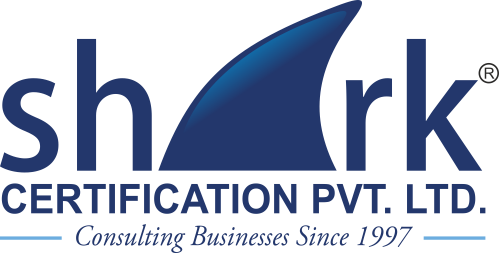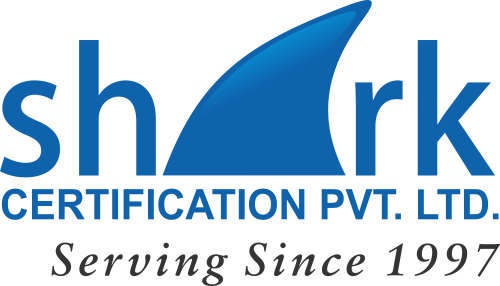Creating a Safer and Healthier Workplace for Everyone
Workplace safety is a top priority for every organization. Employees perform their best in an environment that prioritizes their health, safety, and well-being. ISO 45001:2018, the first globally recognized standard for occupational health and safety (OH&S), provides a framework to create safer workplaces, reduce risks, and improve overall employee safety.
This blog will walk you through the key benefits of ISO 45001 and provide a practical guide to its implementation for organizations looking to enhance their safety practices.
What is ISO 45001?
ISO 45001:2018 is an international standard for OH&S management systems. It helps organizations proactively identify and manage workplace hazards, ensuring the health and safety of employees, contractors, and visitors.
Highlights of ISO 45001:
- Designed to integrate seamlessly with other management systems like ISO 9001 and ISO 14001.
- Emphasizes risk-based thinking and a proactive approach to safety.
- Applicable to organizations of all sizes and industries.
Key Benefits of ISO 45001
- Improved Workplace Safety
- Identifies and mitigates safety risks effectively.
- Reduces workplace incidents and accidents.
- Enhanced Employee Morale
- Promotes a culture of safety and well-being.
- Boosts employee satisfaction and productivity.
- Regulatory Compliance
- Ensures adherence to local, national, and international safety regulations.
- Minimizes the risk of legal liabilities and penalties.
- Cost Savings
- Reduces costs associated with workplace accidents, injuries, and downtime.
- Lowers insurance premiums by demonstrating a strong safety commitment.
- Global Recognition
- Demonstrates your organization’s commitment to world-class safety standards.
- Enhances credibility and competitive advantage.
Steps to Implement ISO 45001
1. Understand ISO 45001 Requirements
Familiarize yourself with the standard and its core elements.
- Learn about hazard identification, risk assessment, and incident management.
- Understand how ISO 45001 aligns with other management systems like ISO 9001 and ISO 14001.
2. Conduct a Gap Analysis
Assess your current safety practices against ISO 45001 requirements.
- Identify areas for improvement and potential risks.
- Develop a plan to bridge the gaps.
3. Engage Leadership and Employees
Ensure leadership commitment to OH&S and foster a culture of safety.
- Establish safety policies and objectives.
- Involve employees in identifying hazards and implementing solutions.
4. Develop an OH&S Management System
Design a system tailored to your organization’s needs.
- Document procedures for hazard identification, risk management, and incident reporting.
- Create an emergency preparedness plan.
5. Provide Training and Awareness
Educate employees on their roles and responsibilities in maintaining workplace safety.
- Conduct regular training on safety procedures.
- Promote awareness of ISO 45001 principles and practices.
6. Monitor and Evaluate Performance
Regularly assess the effectiveness of your OH&S management system.
- Use key performance indicators (KPIs) to measure safety performance.
- Conduct internal audits and management reviews.
7. Engage a Certification Body
Select an accredited body to assess your OH&S system.
- Prepare for the certification audit by addressing any non-conformities.
- Complete the audit process to achieve ISO 45001 certification.
Why Choose ISO 45001 for Workplace Safety?
ISO 45001 offers a proactive and systematic approach to workplace safety. Unlike reactive measures, it emphasizes identifying potential hazards and preventing incidents before they occur. By integrating safety into everyday operations, organizations can create a sustainable culture of health and safety.
Practical Tips for ISO 45001 Implementation
- Leverage Technology: Use software tools to track incidents, monitor risks, and ensure compliance.
- Encourage Employee Feedback: Involve employees in the process and encourage them to report hazards or unsafe practices.
- Focus on Continuous Improvement: Regularly update safety policies and procedures to adapt to new risks and regulations.
- Collaborate with Experts: Seek guidance from safety consultants or certification bodies to streamline the process.
- Celebrate Success: Recognize and reward employees for their contributions to workplace safety.
ISO 45001 provides a powerful framework for creating a safer and healthier workplace. Its benefits go beyond compliance, fostering a culture of safety, improving employee morale, and boosting organizational performance. By following a structured approach to implementation, businesses can unlock the full potential of ISO 45001 and demonstrate their commitment to the well-being of their workforce.
Ready to enhance your workplace safety? Start your ISO 45001 journey today and take the first step toward a safer future.



